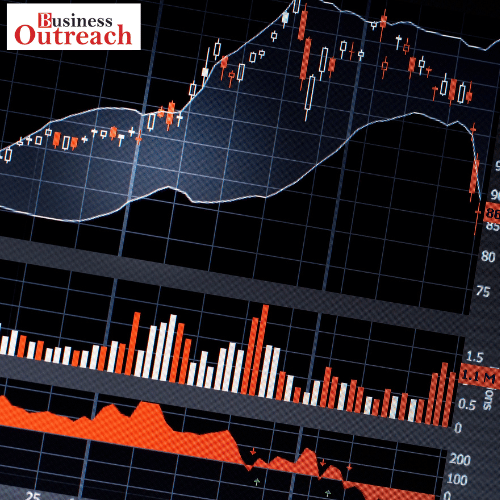On the 8th of February, 2023, the Governor of the Reserve Bank of India (RBI), Shaktikanta Das, made a public announcement regarding a hike in the repo rate by 25 basis points. This increase brings the benchmark interest rate to 6.5 percent. The Monetary Policy Committee (MPC) of the RBI was divided in their decision with a 4 to 2 vote.
This is the first time that the repo rate has increased in the year 2023. The previous hike occurred on the 7th of December, 2022, and was raised by 35 basis points.
In addition to the repo rate hike, Governor Das also stated that the Monetary Policy Committee has decided to shift its focus towards withdrawing its accommodative stance. This decision was made as the current economic situation is no longer perceived as being as severe as before. The MPC held its meeting on the 6th of February, with the conclusion being reached on the 8th of the same month.
Governor Das indicated that despite the unstable global developments, the Indian economy has demonstrated a high degree of resilience. However, the weakness in global demand and the ongoing economic challenges are expected to impede the growth of the domestic economy. The central bank, RBI Reserve Bank of India, will continue to closely monitor the economic situation and maintain a “strong vigil”.
Furthermore, Governor Das also announced an increase in the GDP growth forecast for the fiscal year 2023 (FY23), from 6.8 percent to 7 percent. The growth rate for the following fiscal year, 2024 (FY24), has been estimated at 6.4 percent. This is in line with the latest Economic Survey conducted by the finance ministry, which projects a growth range of 6 to 6.8 percent for the fiscal year 2023-2024.
Governor Das stated that the global economy is showing signs of improvement and that inflation has been trending downwards. Retail inflation is expected to average 5.7 percent in the fourth quarter of the current fiscal year. However, the core inflation remains elevated. The inflation projection for the fiscal year 2023 (FY23) has been maintained at 6.5 percent, while the projection for the following fiscal year (FY24) has been set at 5.3 percent.
The Governor also added that although inflation is expected to moderate in the next fiscal year, it will still remain above the 4 percent target set by the RBI. The central bank is tasked with maintaining inflation at 4 percent, with a +/- 2 percent tolerance range.
Governor Das further mentioned that the timing for trading in government securities has been restored to its pre-pandemic level, which is from 9:00 am to 5:00 pm. The RBI has also decided to allow lending and borrowing of government securities (G-secs).
The monetary policy of the RBI plays a crucial role in shaping the bank and lending rates in the economy. A hike in the repo rate typically leads to an increase in both deposit and loan interest rates, while a reduction in the repo rate results in a decrease in these rates. This pattern is followed by the banking sector in response to changes in the repo rate.














